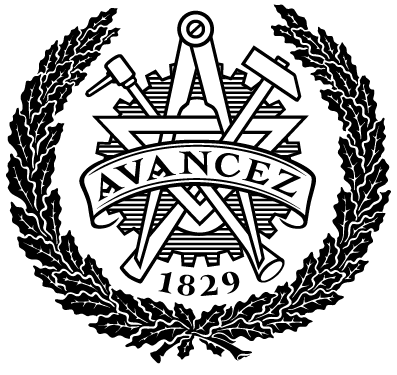Friction Models and Friction Compensation for Real-Time Actuator Control
Ladda ner
Publicerad
Författare
Typ
Examensarbete för masterexamen
Master's Thesis
Master's Thesis
Modellbyggare
Tidskriftstitel
ISSN
Volymtitel
Utgivare
Sammanfattning
Abstract
Friction is a non-linear disturbance present in all electromechanical systems, which produces an opposing force or torque that resists motion. The effects become apparent and particularly problematic at low velocities, where the nonlinear friction characteristic reveals itself through phenomena such as limit cycles and stick-slip motion. This complex behavior presents significant challenges in high precision motion control systems. This thesis investigates methods for friction compensation in electromechanical actuators. Compensation strategies are implemented on an Engine Control Unit (ECU) which controls an Electronic Throttle Control (ETC) unit in real-time. Experimental results demonstrate that friction compensation techniques
can significantly enhance the tracking performance and accuracy of the ETC at low velocities. Furthermore, the thesis highlights the trade-off between control signal activity and tracking performance, showing that different methods of compensation exhibit different characteristics in how they balance these objectives.
Beskrivning
Ämne/nyckelord
Keywords: Nonlinear Friction, Friction Compensation, Stick-slip motion, Limit cycles, Low-velocity control, Motion control, Electronic Throttle Control (ETC) unit, Engine Control Unit (ECU)
